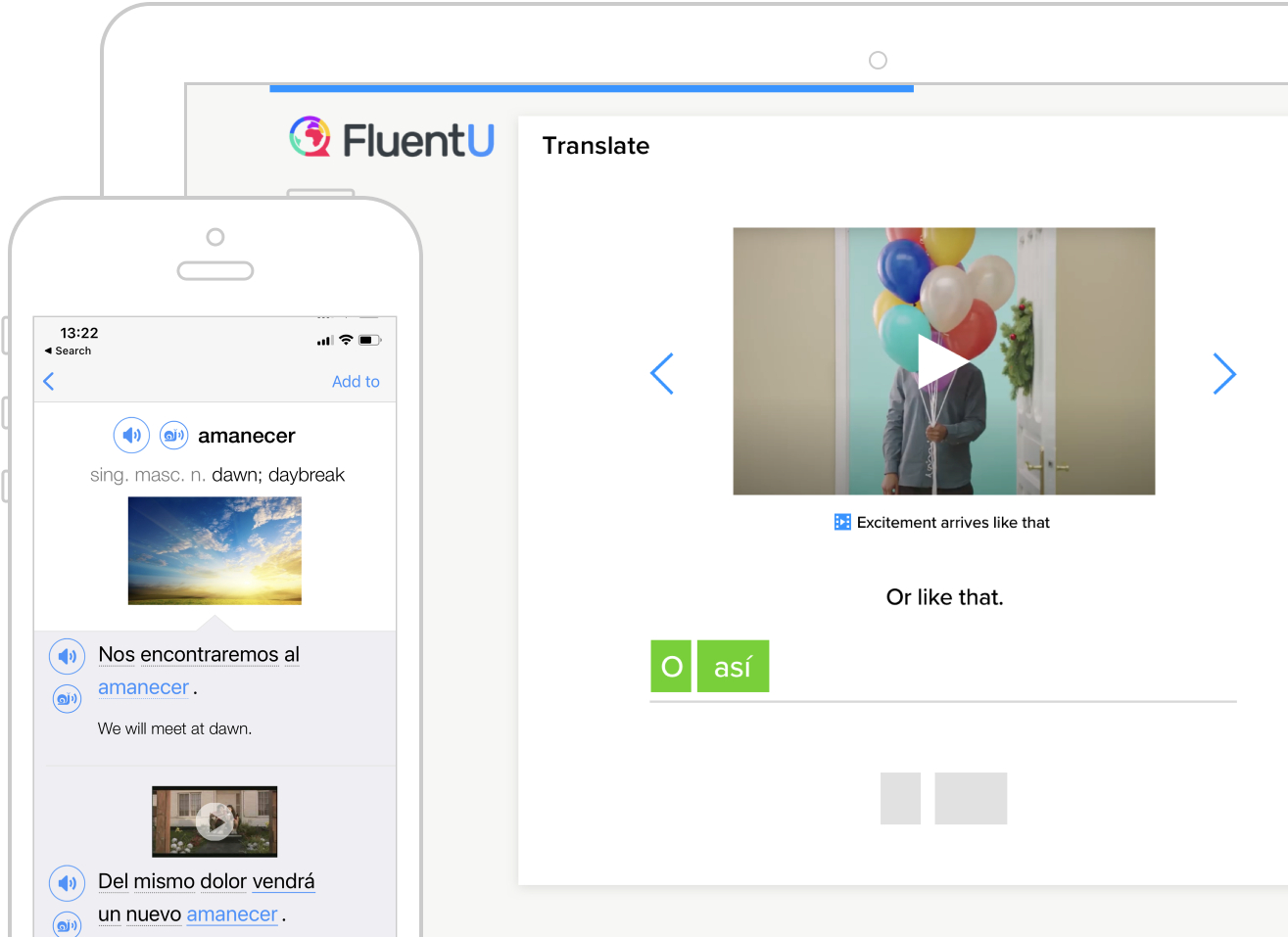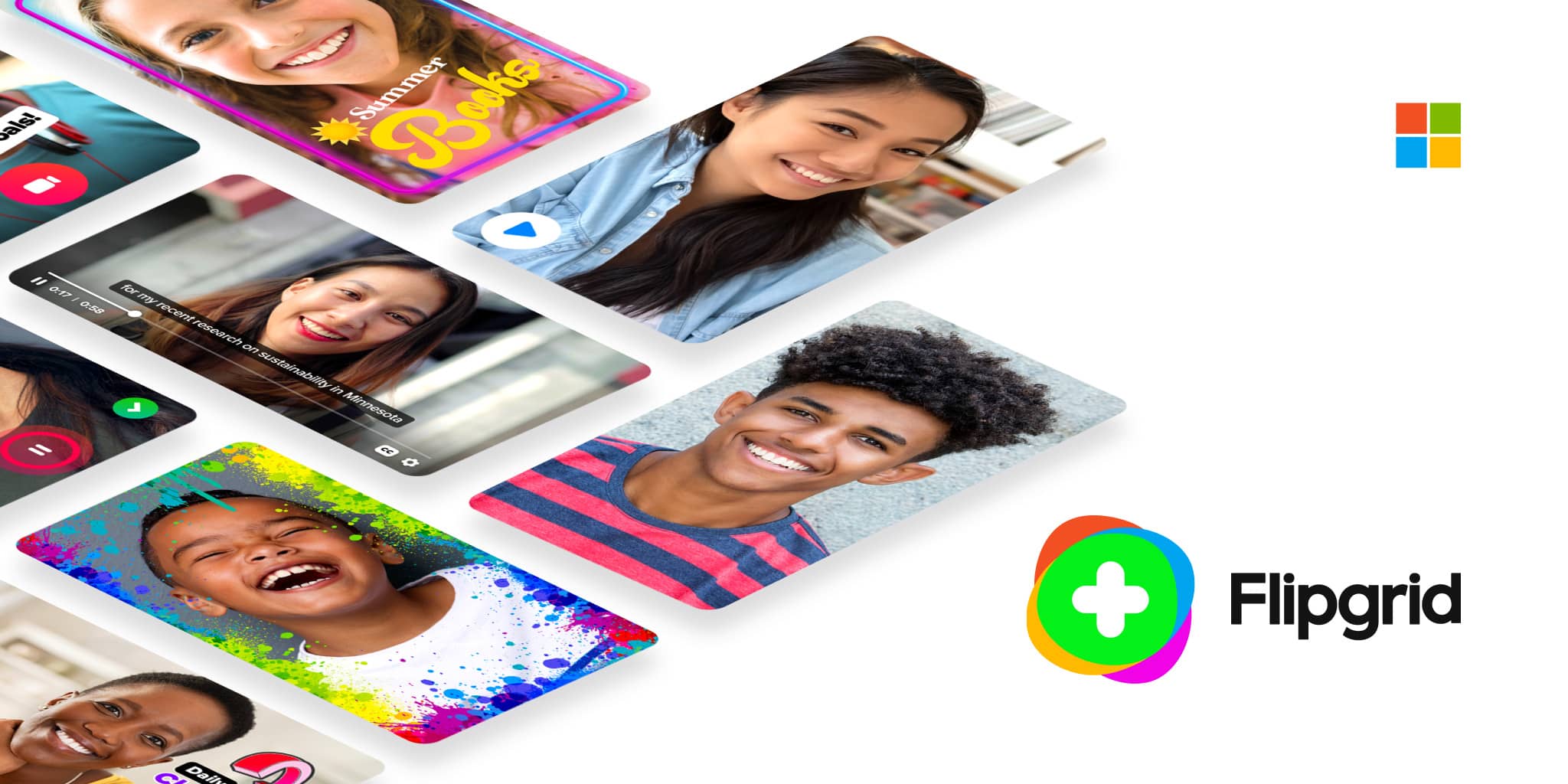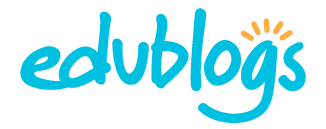Video Game Club
For the past 12 years of advising students participating in William Penn's Video Game Club, that I and a few other teachers have run, I have bonded with more students who had this common interest with me and have met a lot of great students who I would not have had in class. One young man, LaQuinn Thompson, has taken this passion and is helping it drive him to create an esports team within York City itself, with his BEAST Initiative Push. He describes video games as the way he and his family bonded when he was younger and hopes to help other young people bond with gaming. The Esports phenomenon has been growing very steady, and the US has a lot of catching up to do with the rest of the world in this venue, but our very own Harrisburg University team, The Storm, has brought some regional publicity. They won the Collegiate Esports Championship in Overwatch this past spring on ESPN.
 |
| William Penn Video Game Club |
From the Esports workshop I attended, I hope to also bring more of a competitive nature to our weekly Video Game Club meetings, and help establish an Esports team to compete and bond students. The North American Scholastic Esports Federation, helps bring teens and curriculum to High Schools with esports. There are designated roles and beyond the gaming challenges that can bring multiple youths together to create a mindset of community and establish a guide of career paths for their future. My hope is that we diversify and have some English Language Learners who want to join and enhance their educational career at William Penn through Esports.
Video Games for the English Language
In a recent article on, The Conversation, the question was asked, "Can You Learn a Language Playing Video Games?", and the author looked at several Massive Multiplayer Online (MMO) video games and described how players, both young and old, had to communicate in real-time with little time to be self-conscious of how the language was spoken, meaning the player was more likely to just communicate freely and not worry if they were muddling their language. This freedom is likely to build student self-esteem and the use of another language. The high levels of extrinsic motivation to level up a character or find rare equipment for the character, make a player strive to work well with others to do obtain these in-game rewards.
Another blog, 3 Reasons Playing Video Games Helps You Learn English Faster, described the process similarly and said games helped alleviate stress in learning. They also help develop cognitive skills, linguistic skills and provide in-game context to learning. While playing a video game, a developer often makes the player start small and learn all of the mechanics of how a character can move, advance their effectiveness in the game and use their environment. All of the learning is scaffolded to help the player achieve a better in-game character while also learning about their in-game surroundings. The levels grow progressively harder to pass, and in-game puzzles or riddles help challenge the player in learning the environment or obtaining their next goal. Learning happens all through video games and creates a safe place for a student to fail and try again to pass to the next level. English is used in most games, and reading and responding to the passage in context to move to another level is a must for any player and would aid English acquisition by an EL student. Players also can play collaboratively giving them time to practice their speaking and listening skills in English.
Some downfalls to gaming would be that not all games are designed to provide the basics of grammar or vocabulary, and the structure is not progressive. Meaning, the grammar, and vocabulary are not taught in a way that would build upon itself, and would not be used to help students decipher the building blocks of the sentence and decipher a verb or noun in the context. This is where the teacher would have to step, and scaffold to help English Language Learners with some mini-lessons on the vocabulary, or take a break and help students break down a sentence to identify its structure. Then return to the game for more fun and learning.
Through Esports and Video Games, students can learn English, find career paths, develop a sense of community, build trust in learning even at the expense of failure, and all in the safety of a controlled environment. This week has me thinking a lot about how to use these tools with English Language Learners and students of all backgrounds in my school. It is my hope to push the boundaries of my student's education and help them find common ground in the games they enjoy.









